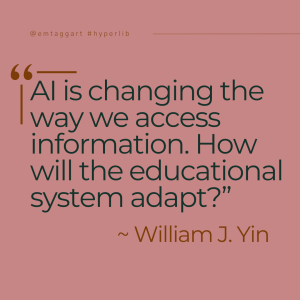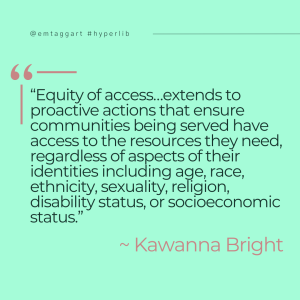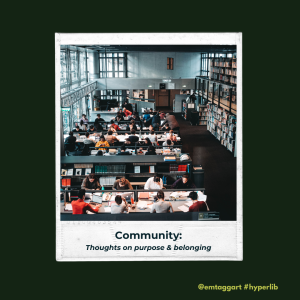Assignment: Create a project, plan, or idea that captures the power of stories for librarians, patrons, and/or communities. Your report may be designed to introduce a storytelling-inspired proposal to your library director or admin team.
I chose to create a pitch presentation to a library administration staff for a storytelling project based on StoryCorps centered around public health.
The mid-20th Century was a pivotal time for public health breakthroughs. April12, 2025 will be the 70th anniversary of the first polio vaccine. When this vaccine was developed in 1955, polio was killing or paralyzing over half a million people worldwide each year. It was spreading and becoming more severe. This was followed by the measles vaccine being licensed in 1963 and the mumps vaccine in 1967.
In each of our communities, we have a generation of aging adults who have experienced a major shift in global health. At a time when public health messaging is getting obscured by social media disinformation among younger generations, connecting to personal stories about what life was like before these diseases were preventable can mend socio-political rifts and, perhaps, dispel disinformation.
This project is not just about bringing people and partners into the library, but making the library a facilitator of connection. Through community partnerships and dynamic programming, this program will build and highlight the library’s archives and promote listening. Listening is not commenting or reacting.
Listening is connection.
There are layers of community needs that can be met and healthy growth opportunities to be found with this project. The library is fully capable of doing it and doing it well.




